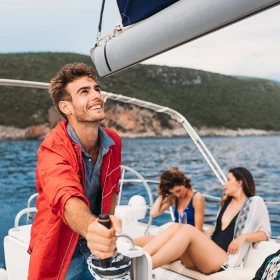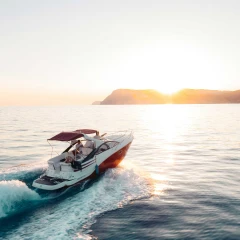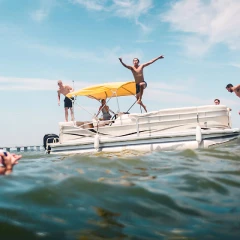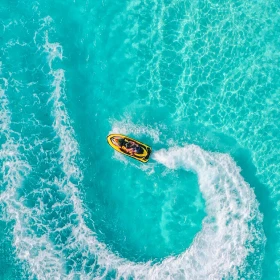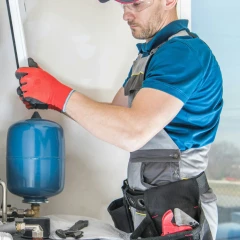Choosing the right boat size isn’t just about comfort — it’s about safety, handling, and matching your vessel to the type of water you’ll be navigating. A boat that feels perfect for an afternoon on a calm lake might not be safe or practical for offshore fishing in open ocean swells.
Here’s a breakdown of common boating activities, the boat sizes often associated with them, and key considerations for each.
Lake and Calm Inland Water Use (Under 20 Feet)
If you’re mainly cruising lakes, slow-moving rivers, or small reservoirs:
- Typical size: 12–20 feet
- Examples: Jon boats, small bass boats, aluminum fishing boats, small pontoons
- Advantages: Easy to tow, launch, and store; lower fuel and maintenance costs
- Limitations: Not built for rough water or large waves
- Ideal for: Day fishing trips, family picnics, water sports in calm water
Bay, Intercoastal, and Nearshore Use (20–26 Feet)
For slightly larger waters, such as bays, estuaries, and intercoastal waterways:
- Typical size: 20–26 feet
- Examples: Center consoles, bay boats, small cabin cruisers
- Advantages: More stability in choppier water, room for more passengers and gear
- Limitations: Still best for waters within sight of land
- Ideal for: Bay fishing, short offshore runs in good weather, coastal cruising
Offshore and Deep Sea Fishing (26–40+ Feet)
For true deep sea trips where you’ll be far from land:
- Typical size: 26–40+ feet (larger for multi-day trips)
- Examples: Sportfishing yachts, offshore center consoles, large catamarans
- Advantages: Built for rough seas, larger fuel capacity, advanced navigation and safety gear
- Limitations: Higher purchase price, docking, and maintenance costs; may require professional crew for larger boats
- Ideal for: Big game fishing, long-range expeditions, overnight or multi-day offshore trips
Key Factors to Consider Beyond Size
- Passenger capacity: Match the boat to the maximum number of people you expect to carry.
- Storage and gear: Fishing offshore often requires more bait wells, rod storage, and refrigeration.
- Fuel range: Offshore trips need a much larger fuel capacity and efficient cruising speed.
- Weather tolerance: Larger boats can handle more adverse conditions, but no vessel is truly “storm-proof.”
- Towing and storage: Bigger boats may require special trailers, vehicles, and dock space.
Insurance Considerations
Boat size and intended use may affect your insurance premium and requirements. For example:
- Offshore use often requires higher liability limits and proof of additional safety equipment.
- Navigational limits in your policy may restrict how far offshore you can travel.
- Some insurers require a marine survey for boats above certain sizes or values.
Always confirm your intended usage and navigation area with your insurance provider before purchasing or upgrading your boat.
Bottom Line:
Smaller boats excel on calm lakes and rivers, mid-size boats shine in bays and coastal waters, and larger vessels are essential for safe deep sea fishing. Choosing the right size means balancing your boating goals with safety, cost, and storage needs.
Disclaimer: This article is for general informational purposes only and is not legal or insurance advice. Boat size recommendations are based on typical use cases — always consider your specific needs, local water conditions, and safety regulations before making a purchase. Coverage availability and requirements vary by insurer, policy, and location.
